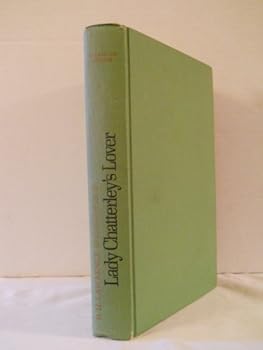Lady Chatterley's Lover
Select Format
Select Condition 
Book Overview
Lyric and sensual, D.H. Lawrence's last novel is one of the major works of fiction of the twentieth century. Filled with scenes of intimate beauty, explores the emotions of a lonely woman trapped in a... This description may be from another edition of this product.
Customer Reviews
A literary classic of the 20th century
"Lady Chatterly's Lover" ranks with "Ulysses"
Most Meaningful and Lovely of Lawrence's Novels
Lady Chatterley's Lover Mentions in Our Blog

Instead of doing a typical "year in review" post like everyone else, we thought it would be fun to close the door on 2018 from a different angle: by looking back at the books that played roles in the careers of the year's biggest stars. Everybody has to start somewhere, but with hard work and a few lucky literary breaks, these household names didn't stop there.

Okay, maybe we can’t eliminate censorship (yet...#goals), but we can celebrate Banned Books Week with gusto by reading all of the stories that someone (or someones) tried to silence, destroy, or restrict access to. Here are 50 of the most frequently banned and/or most recently challenged books, along with the "who, why, and how" of literary censorship in America.




